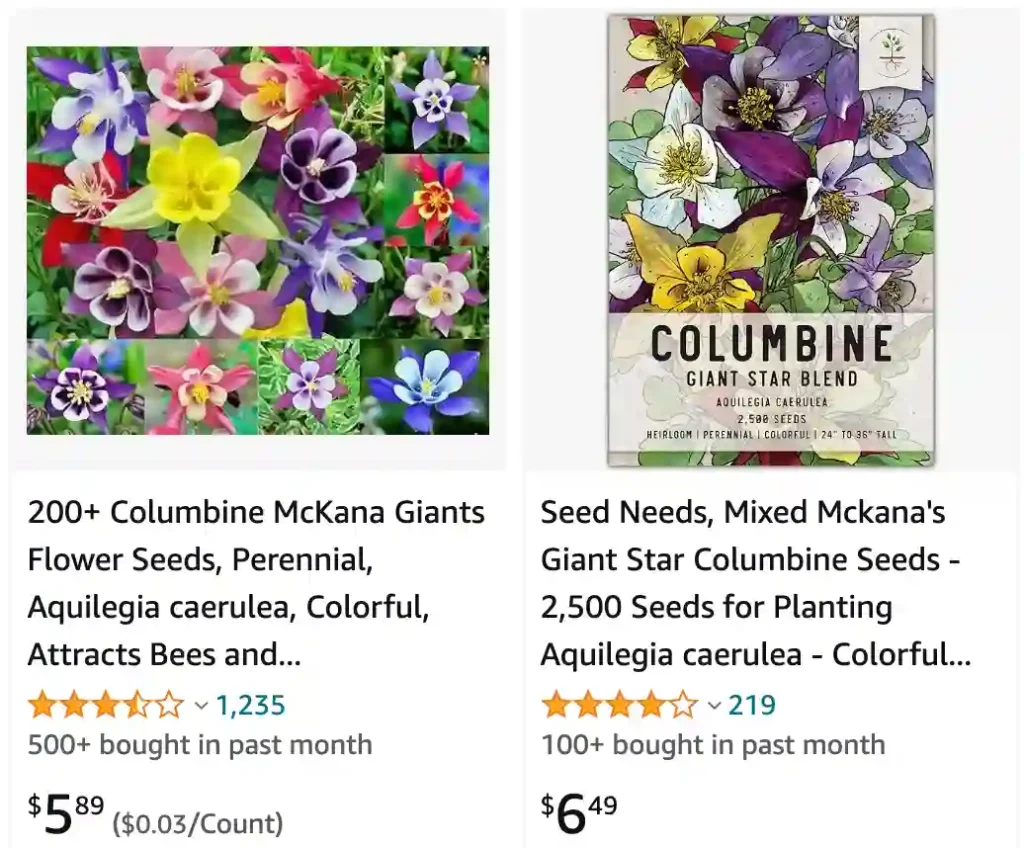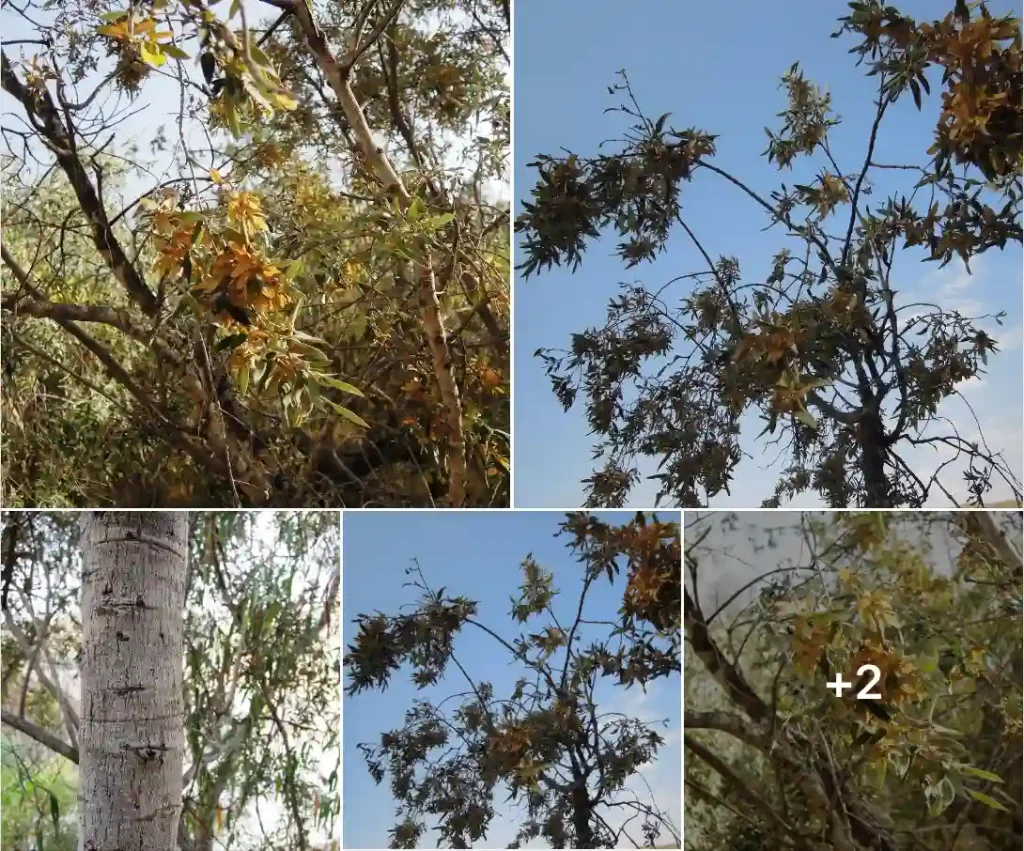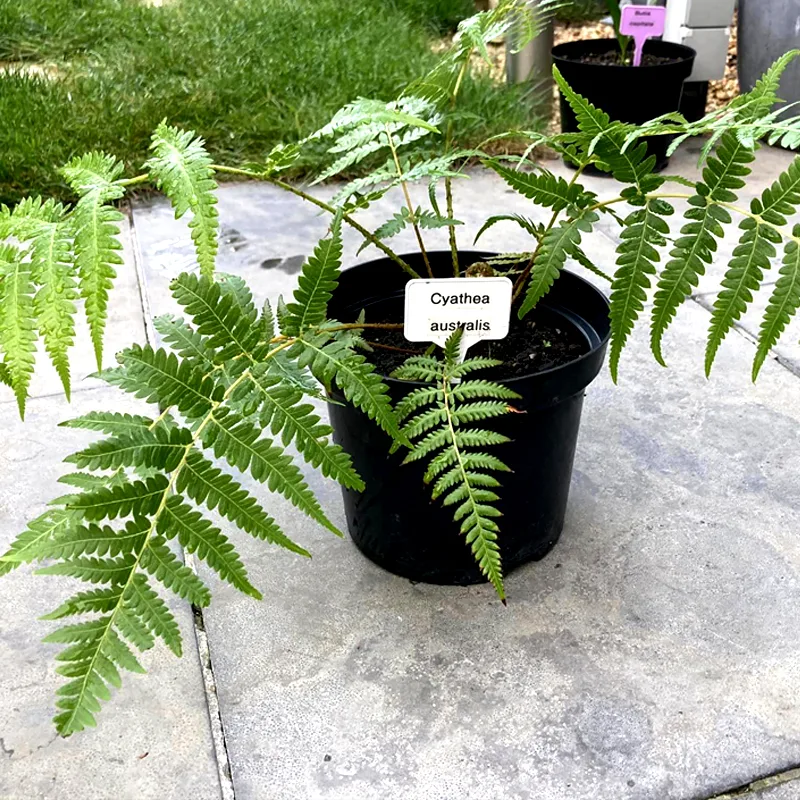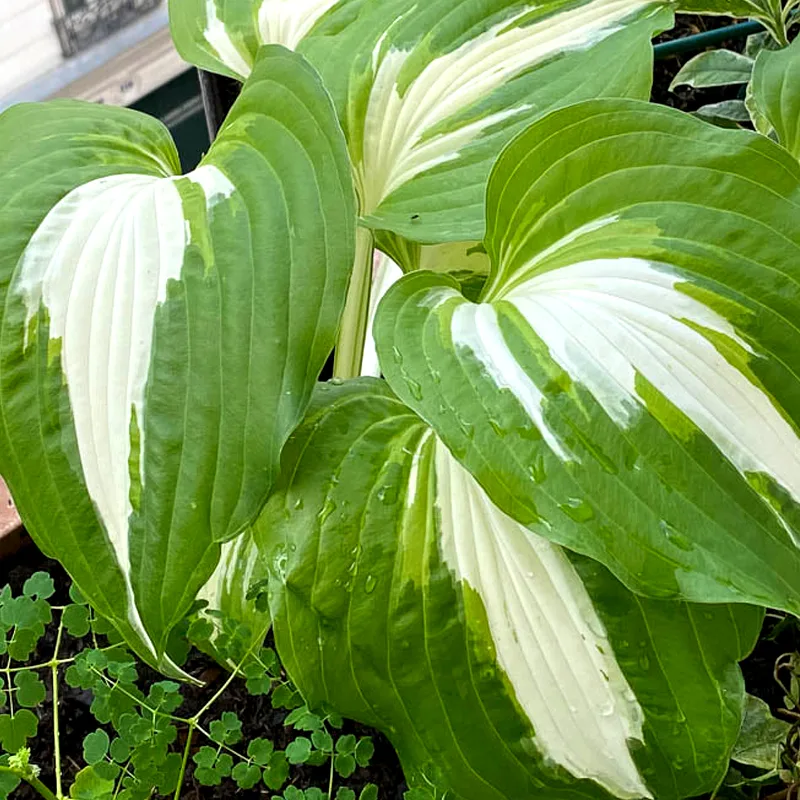
The Rocky Mountain Columbine: A Star of the Alpine Meadow
For any mountain enthusiast, the sight of a vibrant blue flower gracing a high-altitude meadow is an unforgettable experience. This stunning wildflower, the Aquilegia caerulea, better known as the Rocky Mountain Columbine, has captivated me for years. Its delicate beauty and resilience in harsh conditions make it a true champion of the alpine ecosystem.
Having grown up surrounded by towering peaks, I’ve always held a deep appreciation for these native treasures. But my fascination with the Columbine goes beyond aesthetics. This flower embodies the spirit of the mountains – enduring, adaptable, and thriving in a landscape sculpted by wind and snow.
Fueled by this passion, I delved deeper into the world of Aquilegia caerulea. In this article, I’ll share my learnings about this captivating wildflower, from its unique characteristics to practical tips for cultivating it in your own garden.
135 Species in Genus Aquilegia – Columbine Flower
What Makes the Rocky Mountain Columbine Special?
The Rocky Mountain Columbine boasts a truly captivating appearance. Its star-shaped blooms, typically a combination of sky-blue sepals (petal-like structures) and creamy white petals, are a sight to behold. The long, elegant spurs that protrude from the center of the flower add to its unique charm.
Beyond its beauty, the Columbine possesses an admirable tenacity. It thrives in cool, high-altitude environments, withstanding harsh winters and short growing seasons. This resilience makes it a perfect choice for gardeners in colder climates.
How to Grow Aquilegia caerulea?
If you’re captivated by the allure of the Rocky Mountain Columbine and wish to bring its magic to your garden, here’s what you need to know:
- Planting: Columbines prefer well-drained soil with a slightly acidic pH. Aim for a location that receives dappled sunlight or partial shade. They’re best planted in fall or early spring, allowing the roots to establish before the summer heat arrives.
- Care: Columbines are relatively low-maintenance plants. Regular watering, especially during dry spells, is essential for optimal growth. Deadheading spent flowers will encourage continued blooming throughout the season. A light application of fertilizer in early spring can provide a boost.
- Propagation: There are two main methods for propagating Columbines: seeds and division. Seed propagation takes longer, with blooms appearing in 2-3 years. Division is a faster option, allowing you to enjoy blooms within the same season.
What to Plant with Aquilegia caerulea?
Columbines make excellent companions for other shade-loving perennials. Consider pairing them with ferns, hostas, or bleeding hearts for a vibrant and textured display. Low-growing groundcovers like thyme or phlox can also create a harmonious composition.
A Word of Caution
It’s important to note that all parts of the Aquilegia caerulea are poisonous. Ingestion can cause stomach upset, vomiting, and diarrhea. Therefore, exercise caution if planting them in a garden frequented by pets or young children.
Bringing the Magic of the Mountains Home
The Rocky Mountain Columbine is more than just a beautiful flower; it’s a symbol of resilience and the enduring spirit of the alpine landscape. By incorporating it into your garden, you can bring a touch of mountain magic to your own piece of paradise.
So, the next time you’re out exploring the mountains, take a moment to appreciate the delicate beauty of the Rocky Mountain Columbine. And if you’re inspired to cultivate this alpine treasure in your garden, remember the tips and tricks I’ve shared. With a little care, you can enjoy the captivating blooms of the Columbine for years to come.
If i die, water my plants!



